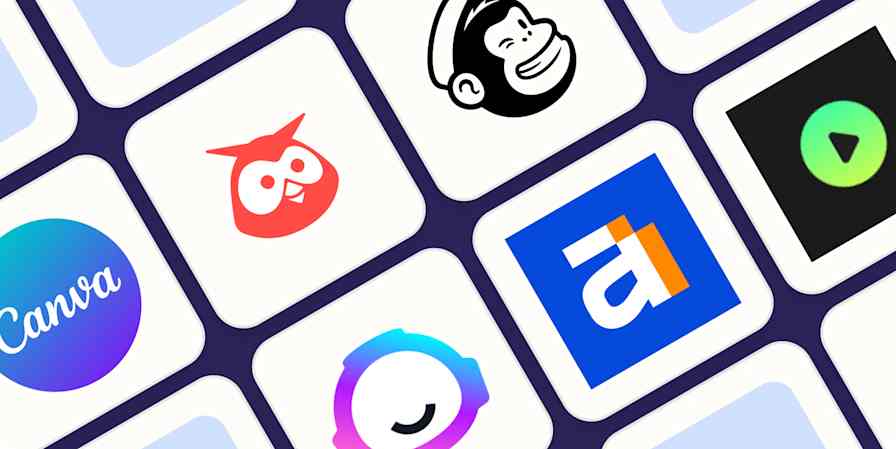Business tips
4 min read4 tips for creating an inbound marketing strategy for your small business
By Ariele Champion · August 6, 2021

Get productivity tips delivered straight to your inbox
We’ll email you 1-3 times per week—and never share your information.
Related articles
Improve your productivity automatically. Use Zapier to get your apps working together.






